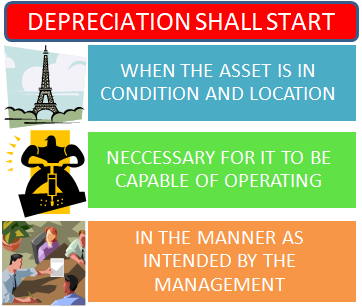Definition A limited liability partnership (LLP)is a business vehicle like a partnership that features the partners ‘ liability is limited. Thus, it has elements of partnership and company. Another important feature of LLP is that each partner is not responsible or liable for another partner’s miscoRead more
Definition
A limited liability partnership (LLP)is a business vehicle like a partnership that features the partners ‘ liability is limited. Thus, it has elements of partnership and company.
Another important feature of LLP is that each partner is not responsible or liable for another partner’s misconduct or negligence.
LLP as constituted in INDIA:
The limited liability partnership act, 2008 came into effect on 31st march, 2009. LLP is different from a partnership as it operates like a partnership, but in an LLP each partner is protected from personal liability, except to the extent of his capital contribution in the LLP.
• LLP is subject to income tax like any other partnership firm.
• A partner is not liable for independent or unauthorized actions of other partners, thus allowing individual partners to be shielded from joint liability created by another partner‘s wrongful business decisions or misconduct.
• LLP is a body corporate and legal entity separate from its partners. It has perpetual succession like a limited liability company.
Indian partnership act 1932 is not applicable to LLPs and also the limit on the number of partners in an LLP is not applicable, unlike an ordinary partnership firm where the maximum number of partners cannot exceed the number specified under SEC 464 of Companies Act 2013, which at present is 50.
The LLP Act, 2008 specifies that a least one of the partners in the LLP is a citizen of India and an Indian national.
• The Registrar Of Companies ( ROC) is authorized to register and control LLPs.
Characteristics
• Separate legal entity :
Like a company, LLP also has a separate legal entity. Therefore partners and LLP are distinct from each other, like a company where the company has a legal entity separate from its shareholders.
• Minimum capital :
LLP is not required to maintain minimum capital. Thus partners in LLP decide how much capital will be contributed by each partner.
• The Minimum number of members :
An LLP can be established with at least two members who shall also be the designated partners and shall have Director Identification Number (DIN).
There is no limit on the maximum number of partners. Members other than designated partners are required to have DIN.
• Audit is not mandatory :
All companies, whether private or public, are required to get their accounts audited. However, an audit of LLP‘s books of accounts is not mandatory except :
• If the contribution of the LLP exceeds Rs 25 lakhs: or
• If the annual turnover of the LLP exceeds Rs 40 lakhs.
See less














Definition The trial balance is a list of all the closing balances of the general ledger at the end of the year. Or in other words, I can say that it is a statement showing debit and credit balances. A trial balance is prepared on a particular date and not on a particular period. Importance As the tRead more
Definition
The trial balance is a list of all the closing balances of the general ledger at the end of the year. Or in other words, I can say that it is a statement showing debit and credit balances.
A trial balance is prepared on a particular date and not on a particular period.
Importance
As the trial balance is prepared at the end of the year so it is important for the preparation of financial statements like balance sheet or profit and loss
Purpose of trial balance which are as follows:
Preparation of trial balance
Methods of preparation
These are two methods that you can use to prepare trail balance, now let me explain to you in detail about these methods which are as follows:-
Balance method
Total amount method
Steps to prepare a trial balance
A suspense account is generated when the above case arises that is trial balance did not agree after transferring the balance of all ledger accounts including cash and bank balance.
And also errors are not located in timely, then the trial balance is tallied by transferring the difference between the debit and credit side to an account known as a suspense account.
Rules of trial balance
When we prepare a trial balance from the given list of ledger balances, the following rules to be kept in mind that are as follows :
Are placed in the debit column of the trial balance.
Are placed in the credit column of the trial balance.
See less